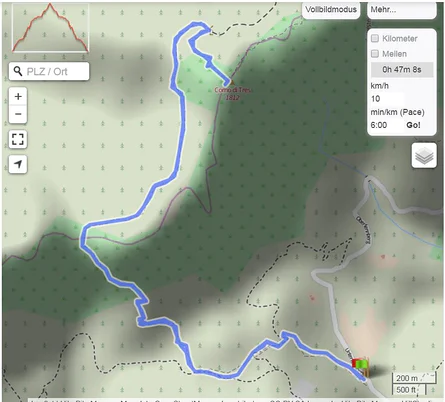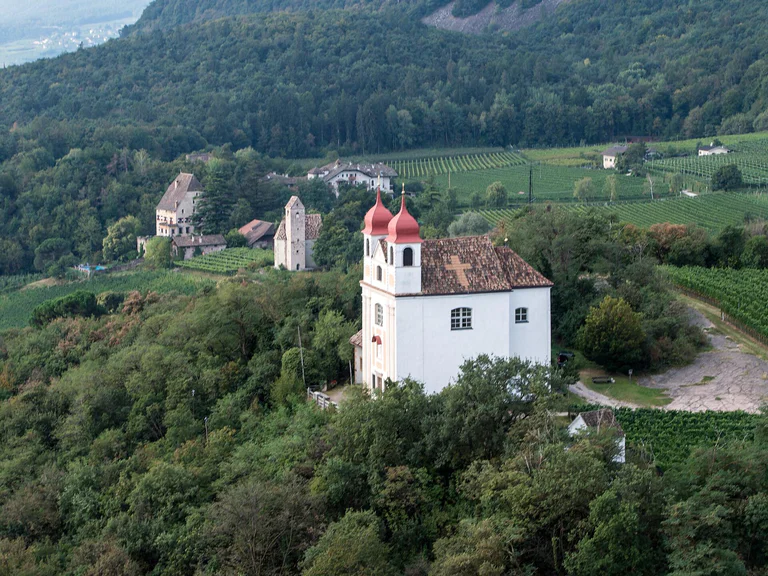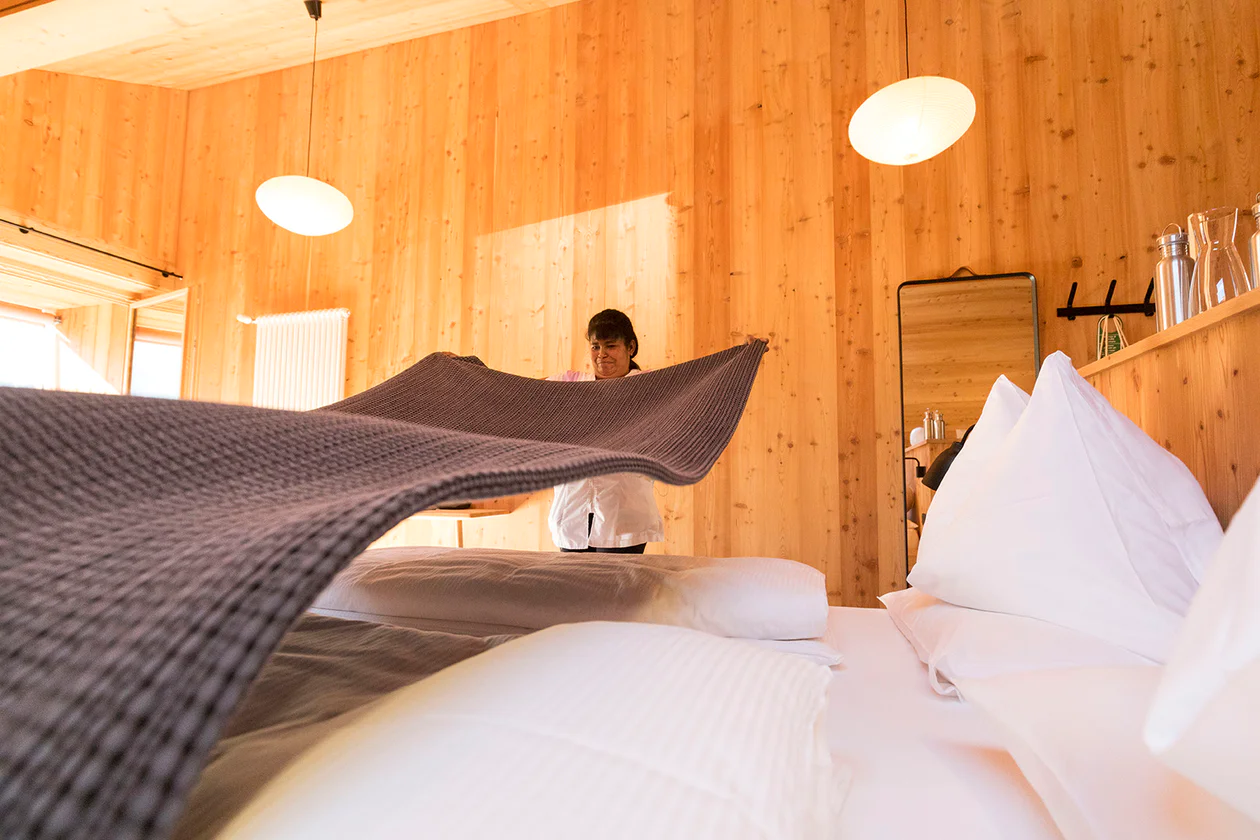Greifenstein castle is enthroned high above the village of Settequerce / Siebeneich. It was first mentioned in 1159. During the war between the Counts of Tyrol and the Bishop of Trient, in 1275 / 1276, the castle was destroyed. Only in 1334, the small aristocrats, the Lords of Greifenstein decided to re-built it again. On a few years later, in 1348, it was burnt down. In later years (once more re-built in 1363), Greifenstein went into the hands of the Lords of Starkenberg. In 1420, when a part of the Tyrolean aristocracy went into war against the sovereign Duke Frederick of Austria, the sovereign had the castle besieged and starved out. Amongst the duke's enemies was also the minnesinger Oswald von Wolkenstein. He wrote a poetic song about the duke's besieger and made fun of them. The duke's army could not take Castle Greifenstein, but the fight of the aristocracy and the castle's owner, Wilhelm von Starkenberg, became meaningless and, therefore, the Lord of Starkenberg escaped probably through a crevice at the south-western part of the castle. His 18 servants gave up their resistance once they were promised free withdrawal. Today, Castle Greifenstein is merely a ruin. In common language, it is also called the Sauschloss. This name derived from a legend, which speaks about the time of the siege. During this time, the people inside the castle had to face fact that they were left with no food. There was only one well fattened big in the castle's cellar. Suddenly, one of the servants had an idea: instead of slaughtering the animal, they threw it with much laughter over the castle walls and down the rock just in front of the besiegers. When those realized what just had happened, they lost all courage as they believed that the castle's inhabitants still had lots of food available. Therefore, they withdrew ..... and Greifenstein was saved.



















































































































